
The necklaces of Jakob Bengel
The necklaces of Jakob Bengel
We recently acquired a lot of Art Deco necklaces from a long closed store in Jablonec nad Nisou (formerly known as Gablonz). Unusually for old Gablonz jewelry, they are mainly made of galalith plastic beads and chrome plated chains and clasps. This led us to dig a little deeper into their origins.
This is where we stumbled across a relatively recently discovered jewelry designer called Jakob Bengel. Bengel jewelry started to appear on the European market in the 1980's but it was not until 1993 when a sample book was uncovered showing the origin of this jewelry as from the Jakob Bengel company of Oberstein/Nahe in Germany. Previously it was thought to be of French origin. Further investigation revealed that in 1978, the Jakob Bengel company sold its sample collections; hence why articles were appearing on the open market.
Jakob Bengel was a chain and costume jewelry factory, founded by Jakob Bengel in 1873 in Idar -Oberstein, Germany. Until 1920, the company specialized in the production of watch chains and chatelaines (pendants for pocket watches). In the 1920s and 1930s, it became one of the leading manufacturers of fashion jewelry in the Art Deco style.
During the early 1930s the company began to experiment with more versatile new materials and designs, to produce an entirely new form of costume jewelry. Jakob Bengel’s geometric designs in chrome and galalith were clearly inspired by the form of the Bauhaus and Art Deco aesthetic. In fact, Coco Chanel was hugely influential in making costume jewellery socially acceptable and an absolute ‘must’ for every well-dressed woman.
For almost a decade, Jakob Bengel’s distinctive avant-garde costume jewellery designs echoed ‘modern’ Parisian taste; enormously successful markets opened up in other parts of Europe and United States, enabling the Bengel company to construct its own specialized tools and machines, allowing an extensive repertory of designs to be developed.
The use of galalith for jewellery was prohibited in 1939 at the outset of WWII to save raw materials, and Jakob Bengel’s signature jewelry production thus came to an end. However, production was prolific during the 30s, with thousands of pieces stored away in the Bengel factory until the late 1970s. None of Jakob Bengel’s jewelry was signed, and the authenticity is often questioned; especially now, as new pieces are being produced with Bengel’s original tools and machinery.
So here lies the question. Is our hoard of recently uncovered jewelry from the original Jakob Bengel company? It uses the same chrome link chains produced by the company and original Galalith beads, sometimes combined with Czech glass beads. It is also now documented that the majority of Bengel's jewelry was exported and that several Czech firms appear in the order books of the company. One Bengel bracelet in a sample book is stamped "Tchechoslovaquie", so it appears that the Czech firms were re-exporting back to France.
There are few possibilities: These are original pieces of a more "economic" line of jewelry. Or, components have been exported to Czech for finishing and re-export. Or, as Czechs were very innovative, they simply copied the "form" on a wholesale economic basis, having seen how well the original pieces were selling. The Czechs were exceptionally good at following the trend in jewelry, remarkably fast adapting and introducing new lines to compete with the manufacturers.
Unfortunately, this is an answer we will never know. As with most of our findings, there is no documentation. Most paperwork was destroyed during the occupation and later during the Russian rule.
Casein plastics were introduced at the beginning of the 20th century, their starting material being the protein in cows milk, precipitated by the action of the enzyme rennin. The material readily takes a surface dye, so coloured items can be quickly made from pale coloured stock items.
Casein plastic could not be moulded like Bakelite but had to be cut or carved from rods or sheets. It was beautifully glossy and could be polished to a long-lasting silky lustre, but due to its tendency to warp or splinter could only be used for small pieces. Art Deco designers who used Galalith included Jakob Bengel and Auguste Bonaz.
On July 15th 1899, a patent for "plastic compositions" was taken out in Germany. The patent was taken up by firms in Germany (Vereinigten Gummivarenfabriken, at its factory in Harburg) and in France by Pellerin and Orosdi (Compagnie Francaise de la Galalithe, at Levallois Perret). The product was introduced under the trade name Galalith and was first shown at the Paris Universal Exhibition in 1900. A lot of development work was still required to produce a stable material, and the two companies merged in 1904 to form the International Galalith Gesellschaft Hoff and Company with a new factory in Harburg.


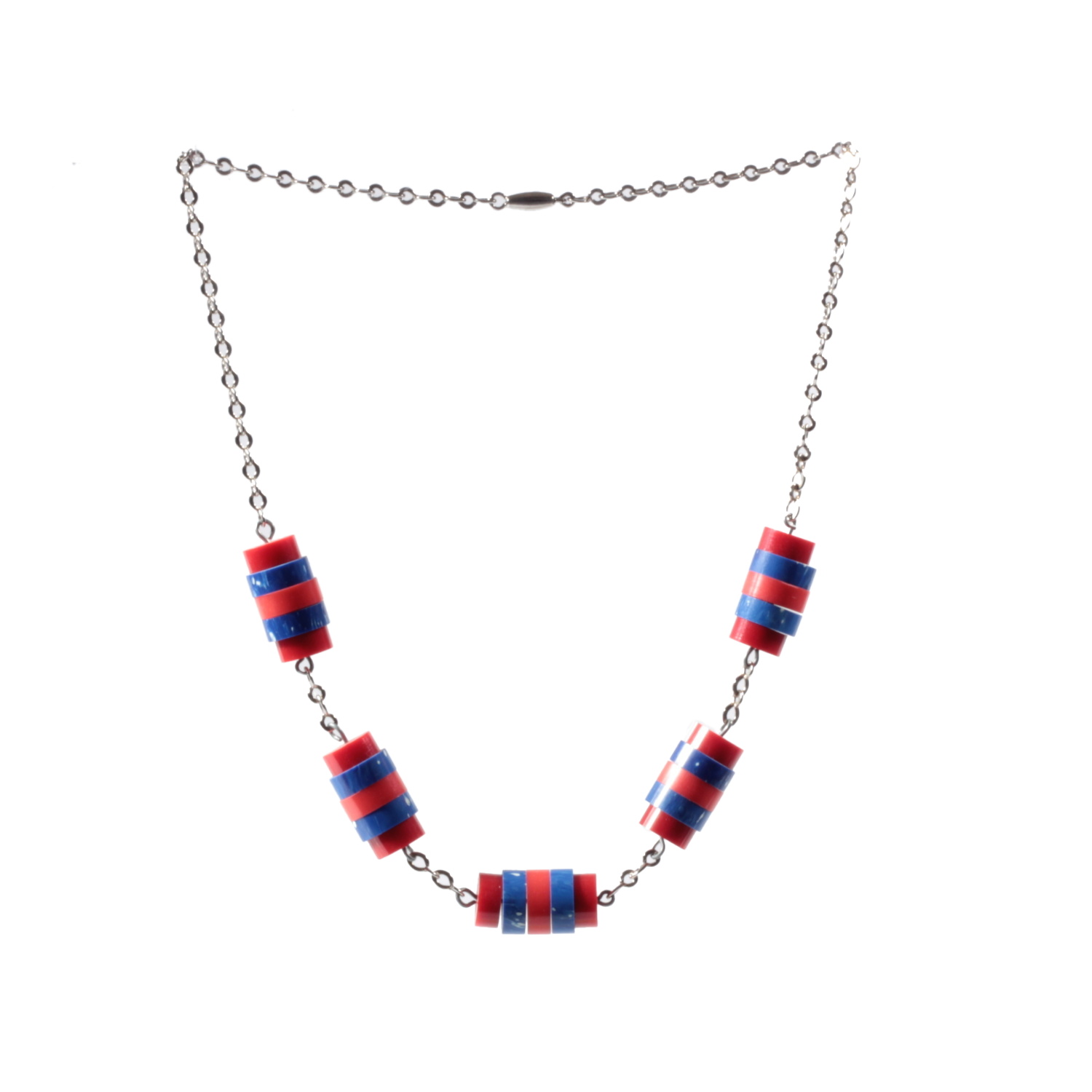
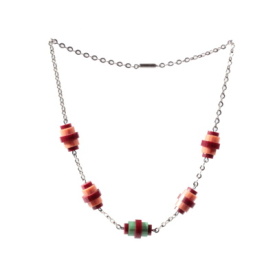

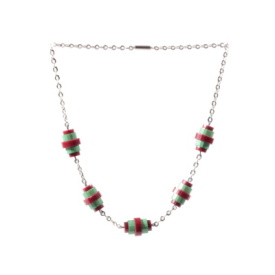
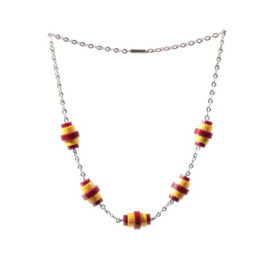
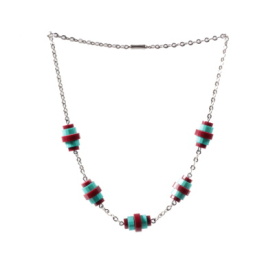
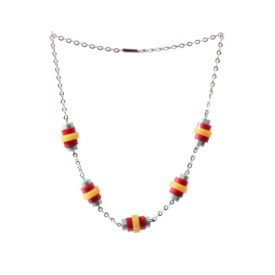
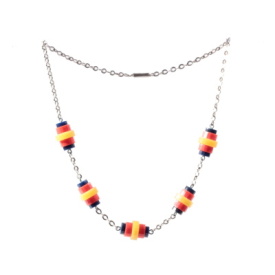
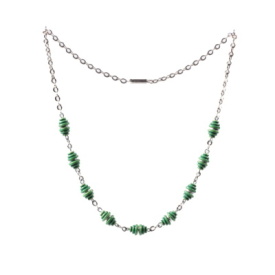
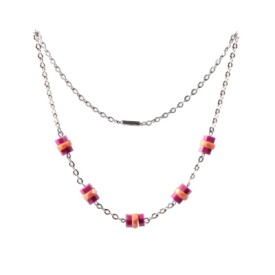


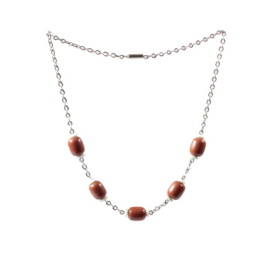
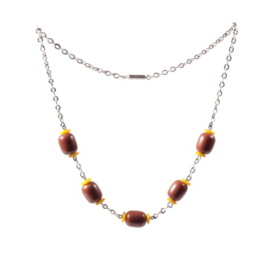
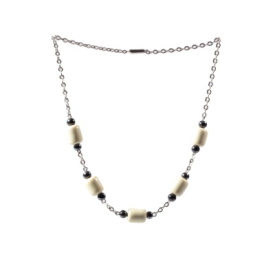
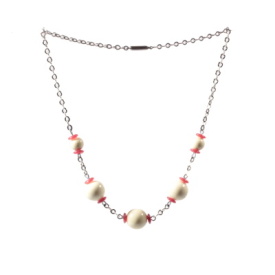
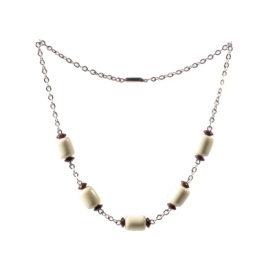
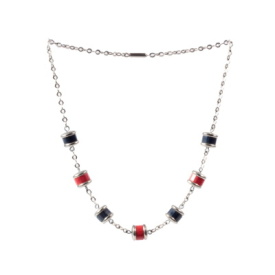


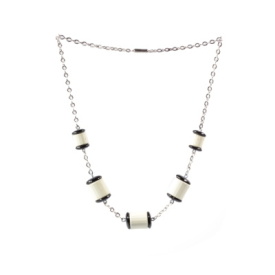
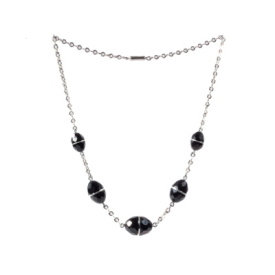
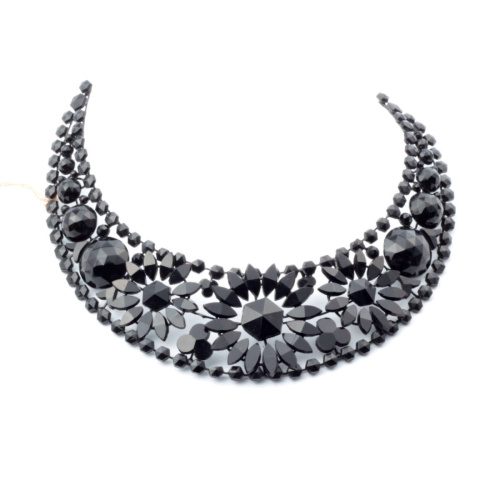
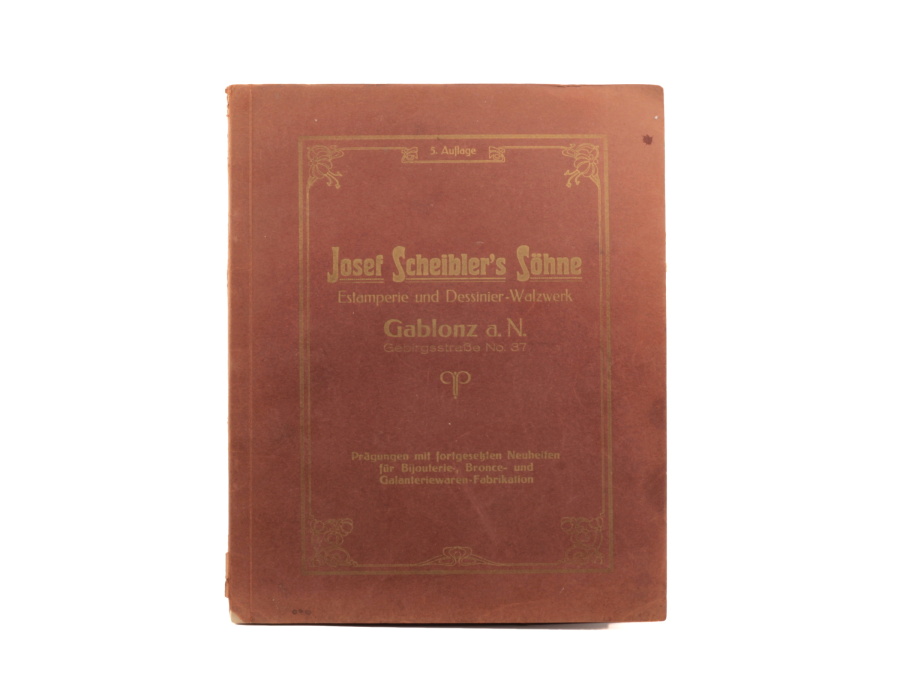
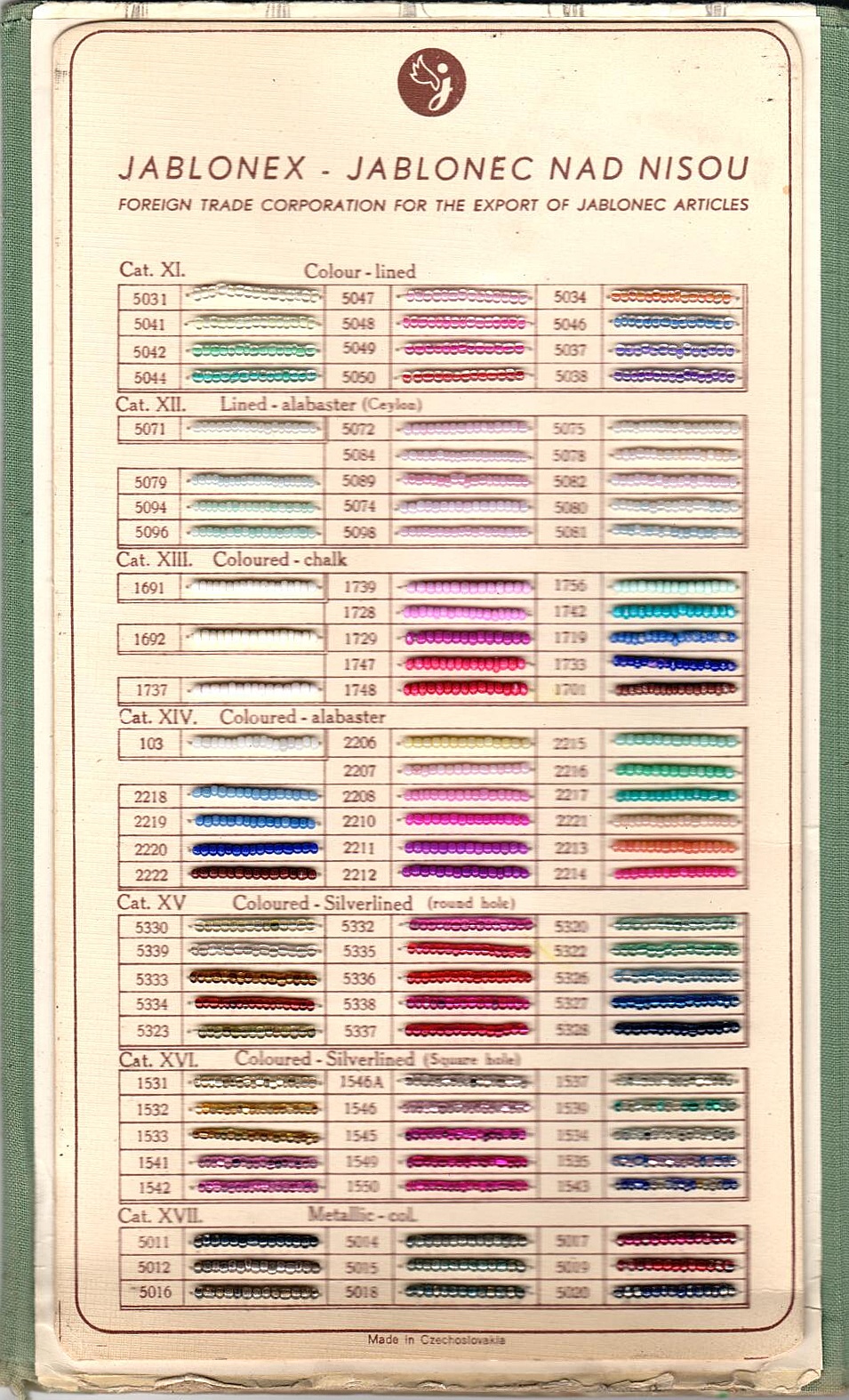
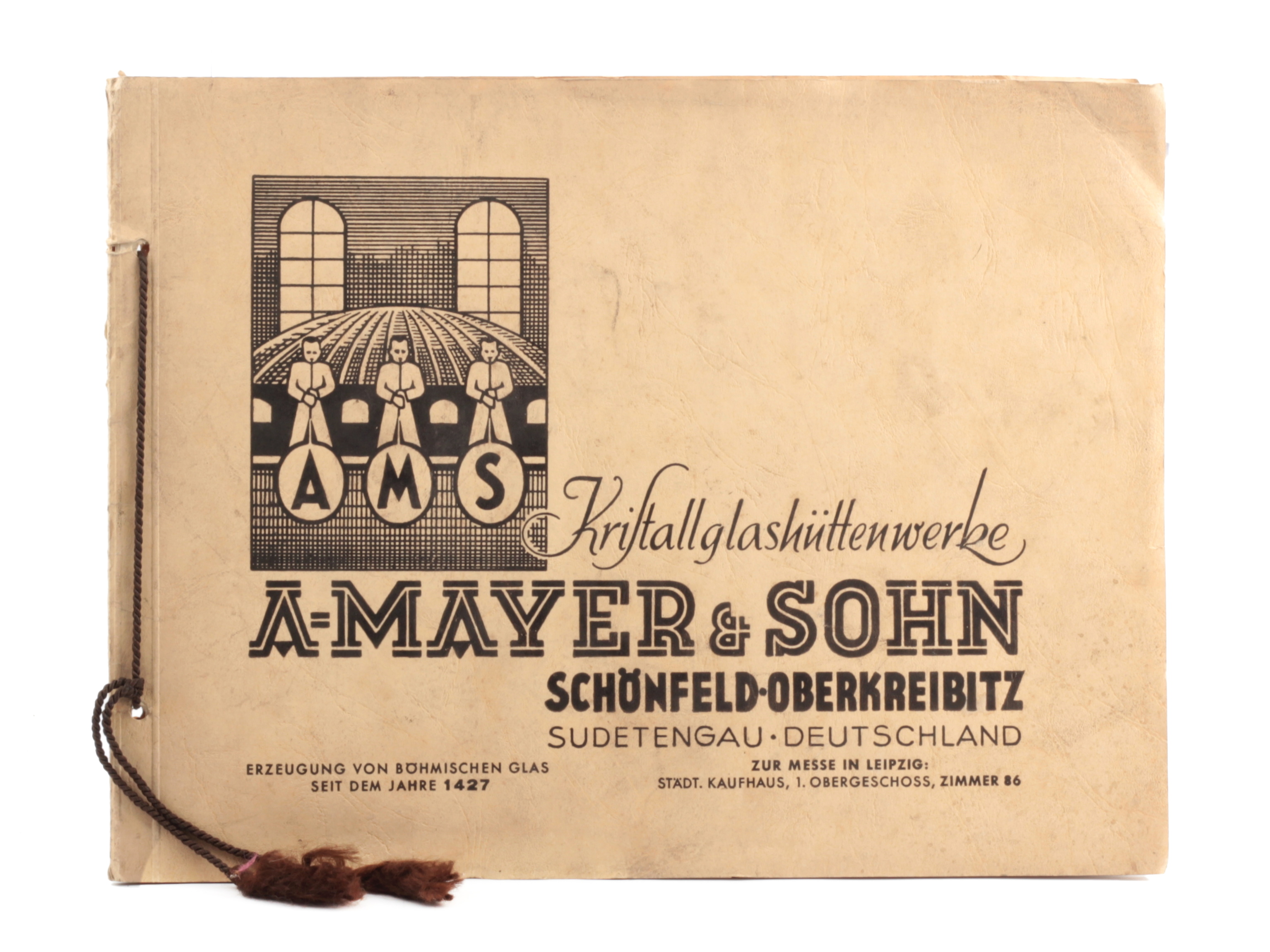
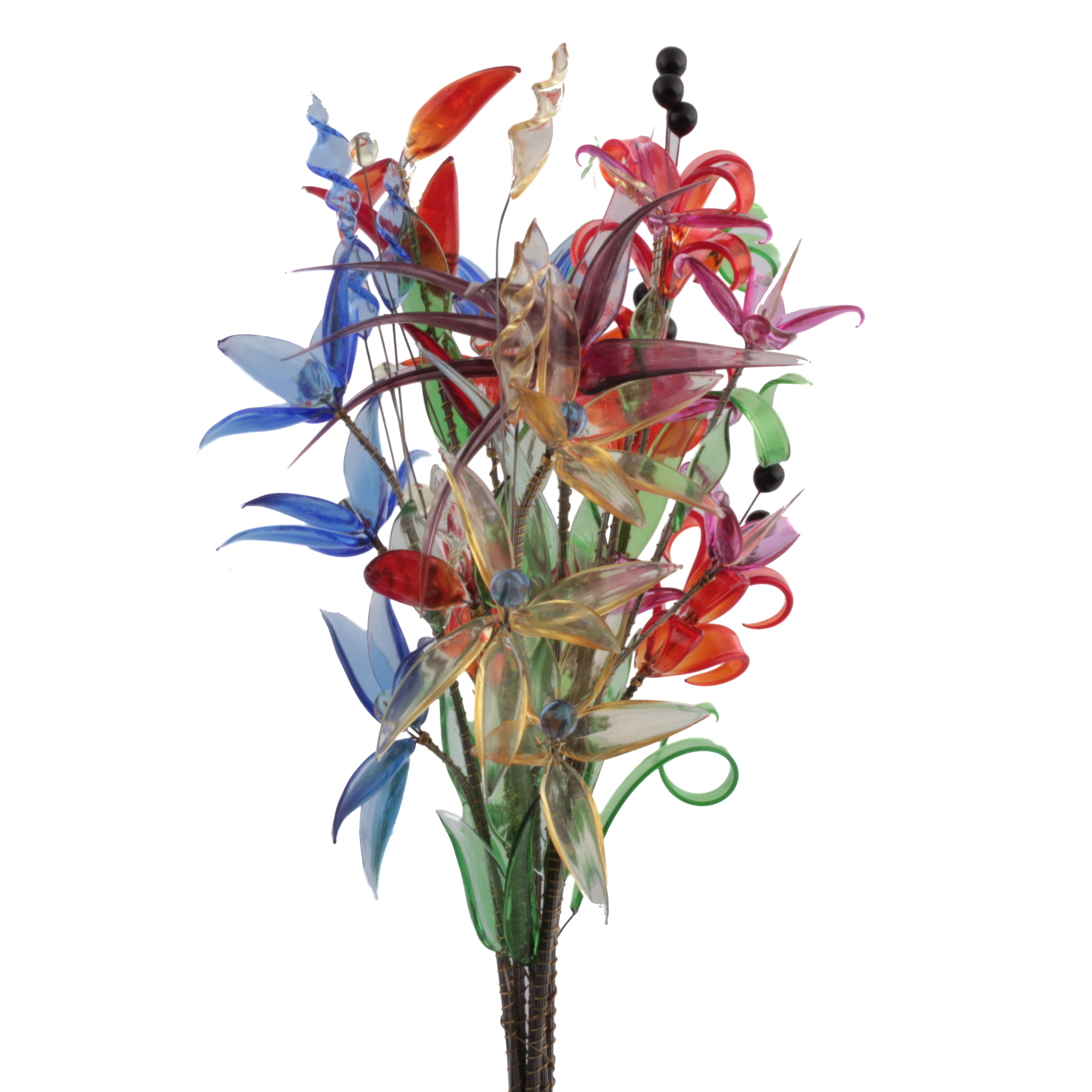
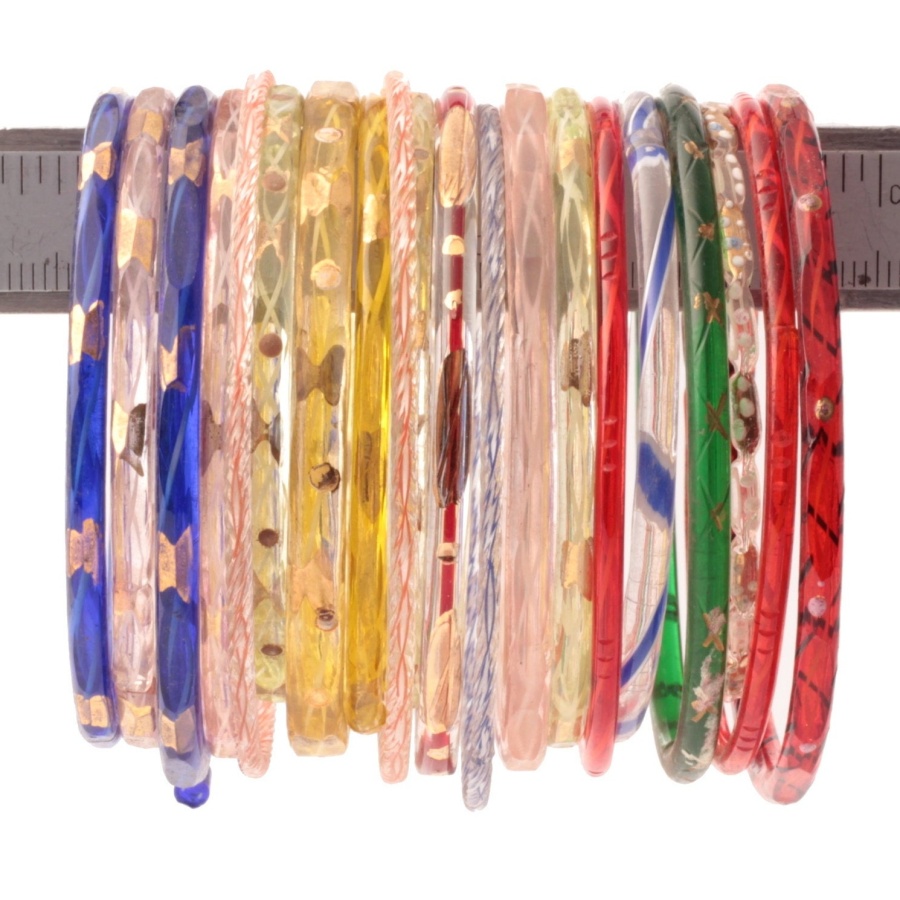


Comments
Discussion is empty.